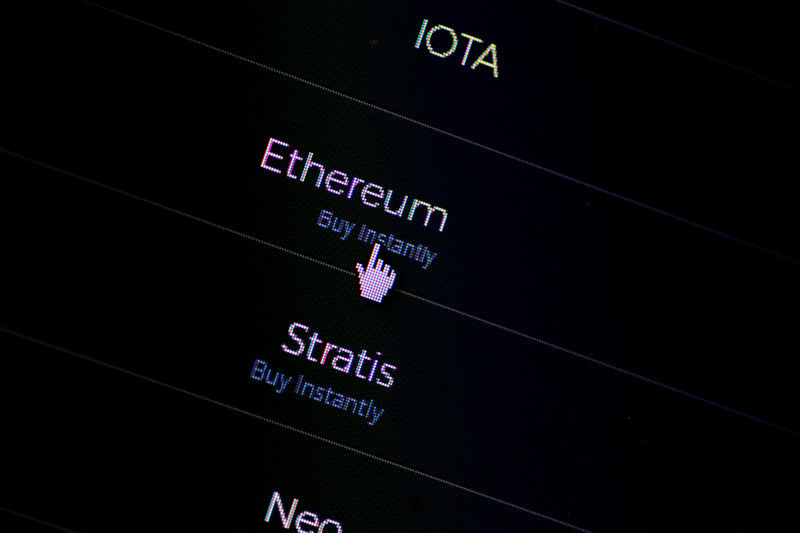The Ethereum layer-2 network, Scroll, has launched on mainnet, following a successful testnet phase that saw over seven million transactions from more than 900,000 wallet addresses.
Scroll uses zkEVM roll-up technology to permit efficient proof batching via bytecode-level compatibility. This innovation facilitates quicker transactions at lower costs for Ethereum projects that deploy directly onto it, stated Scroll's co-founder, Sandy Peng.
In this system, smart contracts store transaction bytecode on Scroll, which is subsequently verified by a centralized zkEVM node without revealing the content of the transaction. Once verified, these transactions are updated on Ethereum without the need for re-execution.
The mainnet code of Scroll has undergone audits by several entities including Zellic, Trail of Bits, OpenZeppelin, and KALOS. The team behind Scroll is currently exploring a decentralized prover network and sequencer to prevent protocol halts and allow for forced batches during sequencer halts.
Presently, upgrades can be made through a multi-signature wallet managed by the core team. However, future plans include the development of an SGX-based second prover with TEE experts. Other planned advancements include a Multi-Prover on Scroll and the establishment of a Security Council coupled with a delayed upgrade mechanism.
This article was generated with the support of AI and reviewed by an editor. For more information see our T&C.
